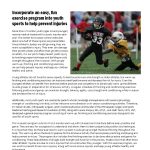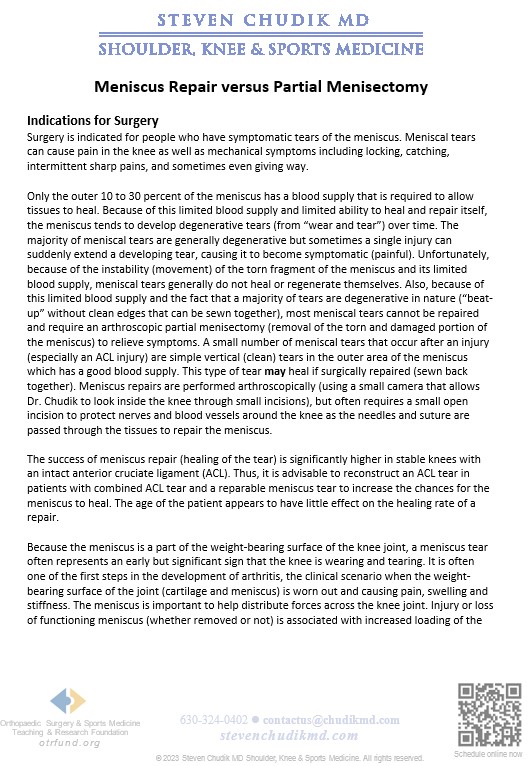 Proper warm-up, conditioning exercises can help prevent youth sports injuries
Proper warm-up, conditioning exercises can help prevent youth sports injuries
Click below to learn more
Learn More
 Expand your world of opportunities as a Clinical Athletic Trainer
Expand your world of opportunities as a Clinical Athletic TrainerOTRF is accepting applications until March 15 for its 2024-2025 CAATE-accredited Athletic Training Residency Program
Applications and additional information are available here.